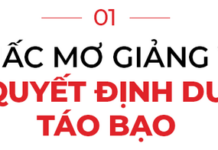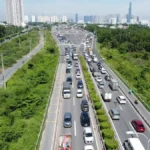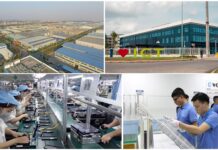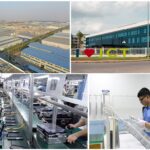In a recent decision by the Ho Chi Minh City People’s Committee, it was determined that the two metro projects, Metro Line 1 and Metro Line 2 to Binh Duong, will not undergo an investment policy decision but will instead proceed directly to project investment in accordance with the amended Railway Law 2025.
On August 16, the Ho Chi Minh City People’s Committee assigned the Urban Railway Management Authority (MAUR) as the investor for the preparation and implementation of the two metro lines. The first line will connect the new Binh Duong City to Suoi Tien, while the second line will run from Thu Dau Mot Ward to Hiep Binh. The total investment for these two lines is estimated at nearly VND 100,000 billion.
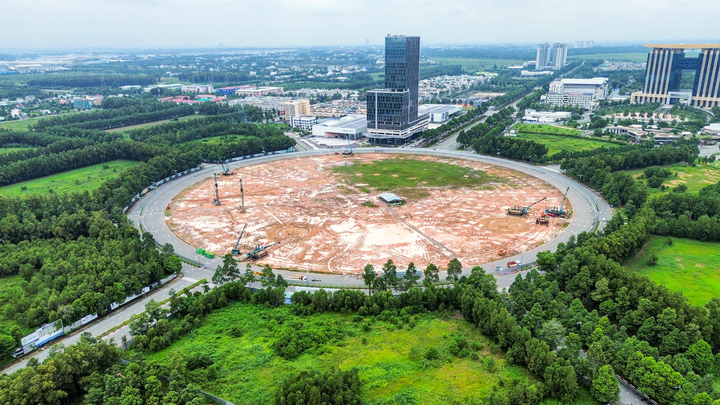
Metro Line 1 in Binh Duong will start at the S1 station in the new Binh Duong City center.
MAUR has been instructed to expedite the preparation of feasibility reports for both lines, ensuring their timely submission for appraisal and approval, followed by subsequent implementation steps. Additionally, MAUR is responsible for developing detailed monthly, quarterly, and annual plans to be reported to the Ho Chi Minh City People’s Committee and relevant departments. They are also accountable for managing and executing the projects effectively, maintaining high standards of quality, and ensuring efficient investment and timely progress.
The Ho Chi Minh City People’s Committee has also tasked the Department of Construction with reviewing and proposing adjustments to relevant planning, particularly in terms of transit-oriented development (TOD) areas. They will guide MAUR in project establishment and appraisal to ensure compliance with regulations.
Meanwhile, the Department of Agriculture and Rural Development is responsible for land fund inspection and land use planning along the metro lines. They will also propose efficient strategies for TOD exploitation, maximizing the potential of these areas.
Metro Line 1, with a total length of over 29km, will be entirely elevated. It will commence at the S1 station in the center of the new Binh Duong City and terminate at the Suoi Tien station of the Ben Thanh-Suoi Tien metro line. This line is expected to comprise 17 stations and will share the Long Binh depot with the Ben Thanh-Suoi Tien line. The projected investment for this project is VND 46,725 billion.
Prior to the enactment of the amended Railway Law 2025, the investment pre-feasibility report for Metro Line 1 had been appraised by the State Appraisal Council and submitted to the Government for approval.
Metro Line 2, with a total length of 21.87km, will also be fully elevated. It will start from Thu Dau Mot Ward and end at Hiep Binh Ward, connecting with Metro Line 3 of Ho Chi Minh City (former). The line is expected to have 13 stations and will share a depot with Metro Line 3 at Hiep Binh.
The estimated investment for Metro Line 2 is approximately VND 50,425 billion. The pre-feasibility report for this line had been appraised by the local Appraisal Council before the merger with Ho Chi Minh City.
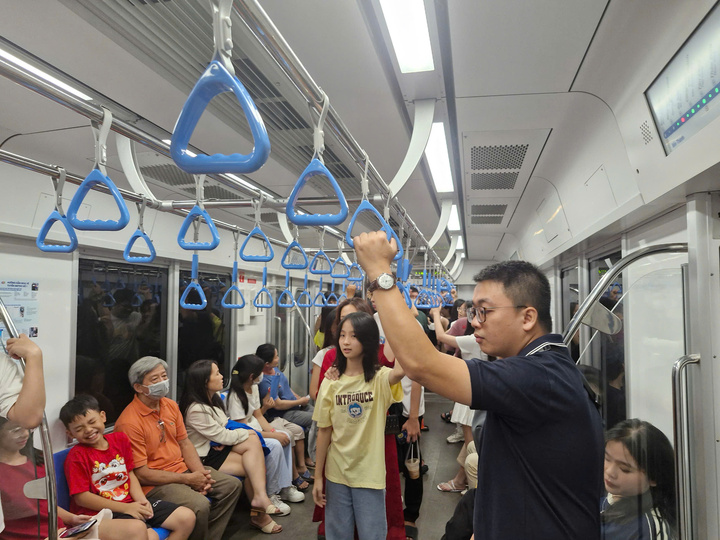
The Ben Thanh – Suoi Tien metro line in Ho Chi Minh City has significantly alleviated traffic congestion in the eastern part of the city since its operation began almost a year ago.
In July, MAUR sent an urgent dispatch to the Ho Chi Minh City People’s Committee and the Department of Finance, proposing the assignment of investment responsibilities and the allocation of medium-term public investment capital for the period 2021-2025 and the year 2025 for investment preparation. A preliminary proposal of VND 10 billion was suggested for each project to initiate the investment preparation process.
Following the merger with Binh Duong and Ba Ria-Vung Tau, Ho Chi Minh City now boasts a metro network spanning 1,012km with 27 lines. According to the previous planning, Binh Duong had 12 lines, Ho Chi Minh City (former) had 12 lines, and Ba Ria-Vung Tau had 3 lines.
On June 27, the National Assembly passed the Railway Law 2025, which introduces additional special mechanisms and policies to promote the development of railways, including urban railways. As a result, the two metro projects connecting to Binh Duong will be implemented in accordance with the new regulations on investment procedures as stipulated in Law No. 90/2025/QH15, bypassing the need for an investment policy decision.
According to the new regulations, local railway projects and those adopting the transit-oriented development (TOD) model are under the jurisdiction of the provincial People’s Committees. These committees are authorized to establish, appraise, and decide on investments, as well as make adjustments, following procedures similar to those for Group A projects managed by local authorities as per relevant laws.
The City of Ho Chi Minh Unveils Transportation Projects to Commemorate National Day on September 2nd
These infrastructures are pivotal in completing the inter-regional transportation network, providing a significant impetus for the socioeconomic development of the city.
The Top 4 Free Trade Zones in Ho Chi Minh City
With its expanded administrative boundaries, Ho Chi Minh City now boasts four free trade zones that have been approved by the Prime Minister. These zones are poised to become thriving hubs of economic activity, offering a myriad of benefits to businesses and investors alike. The meticulous planning and development of these zones are currently underway, marking an exciting new chapter in the city’s journey towards becoming a prominent economic powerhouse.















